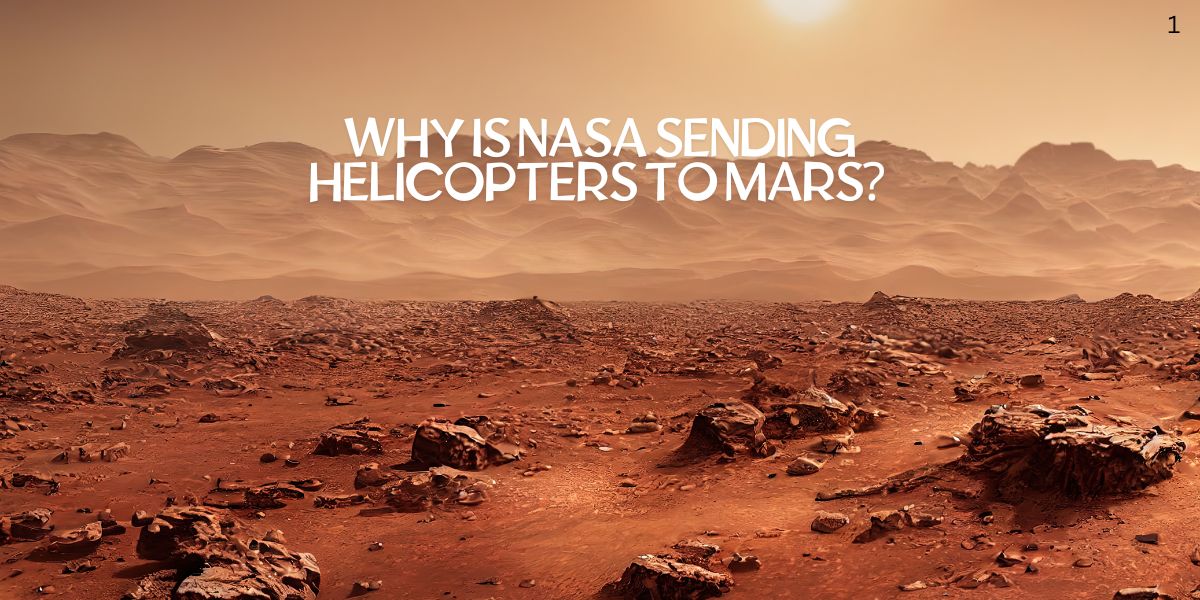Imagine flying a helicopter on another planet! Sounds like science fiction, right? But NASA made it real. In 2021, NASA sent a small helicopter named Ingenuity to Mars. It was the first time humans flew a machine on another planet.
Ingenuity was just a test, but it did something amazing. It proved that flying on Mars is possible, even though the air there is very thin. The helicopter completed more flights than anyone expected. Now, NASA is planning to send more helicopters to Mars in the future. But why? What can these tiny helicopters do that big rovers can’t?
How Did Ingenuity Fly on Mars?
Flying on Mars is not easy. The air is much thinner than Earth’s, so helicopters need to spin their blades very fast to stay in the air. Ingenuity’s blades spun at about 2,400 times per minute—much faster than helicopters on Earth!
- Lightweight Design: Ingenuity weighed only 4 pounds (1.8 kg).
- Solar Powered: It used sunlight to charge its batteries.
- Short Flights: Each flight lasted only a few minutes.
Even with these challenges, Ingenuity flew successfully 72 times before retiring in 2024. It helped scientists learn how to fly robots on Mars for future missions.
Why Send Helicopters to Mars?
Rovers like Perseverance are great, but they move slowly. Helicopters can:
- Explore Faster: They can fly over rough terrain that rovers can’t cross.
- Scout Ahead: They can check the best paths for rovers.
- Take Aerial Photos: They give a bird’s-eye view of Mars.
Future helicopters might carry small tools or even help collect samples. They could be the eyes and ears of future Mars missions!
What’s Next for Mars Helicopters?
NASA is already working on new helicopters. One idea is a bigger, more powerful helicopter called Mars Science Helicopter. It could:
- Carry science instruments.
- Fly longer distances.
- Help human missions by scouting safe landing spots.
Someday, helicopters might even help astronauts explore Mars!
Conclusion
NASA’s Ingenuity proved that flying on Mars is possible. Now, helicopters will play a big role in exploring the Red Planet. They can go where rovers can’t, take amazing pictures, and help future astronauts.
What do you think—will helicopters become the main explorers of Mars one day?
📌 Frequently Asked Questions
How long did Ingenuity fly on Mars?
Ingenuity flew 72 times over three years, far more than its original plan of just five test flights.
Why is flying on Mars difficult?
Mars has very thin air, so helicopters need fast-spinning blades to stay in the air.
What was the purpose of Ingenuity?
It was a test to see if flying on Mars was possible. Its success helps future missions.
Can helicopters carry people on Mars?
Not yet. Current Mars helicopters are small and light, but bigger ones may help astronauts in the future.
Will NASA send more helicopters to Mars?
Yes! NASA is planning bigger, more advanced helicopters for future missions.
Can helicopters work in Mars’ cold weather?
Yes, Ingenuity survived freezing Martian nights, but it needed heaters to stay warm.
How far could Ingenuity fly in one trip?
Its longest flight was about 2,310 feet (704 meters).
